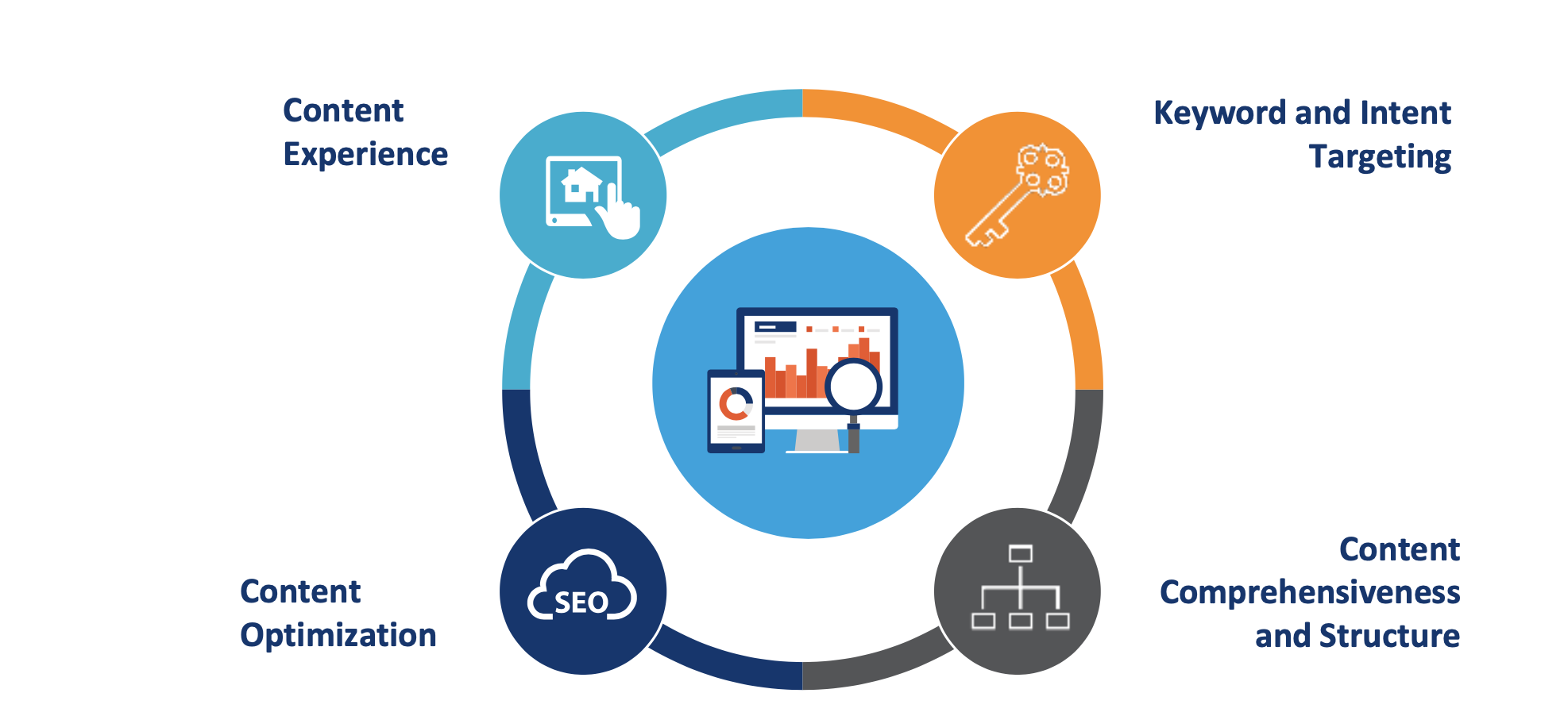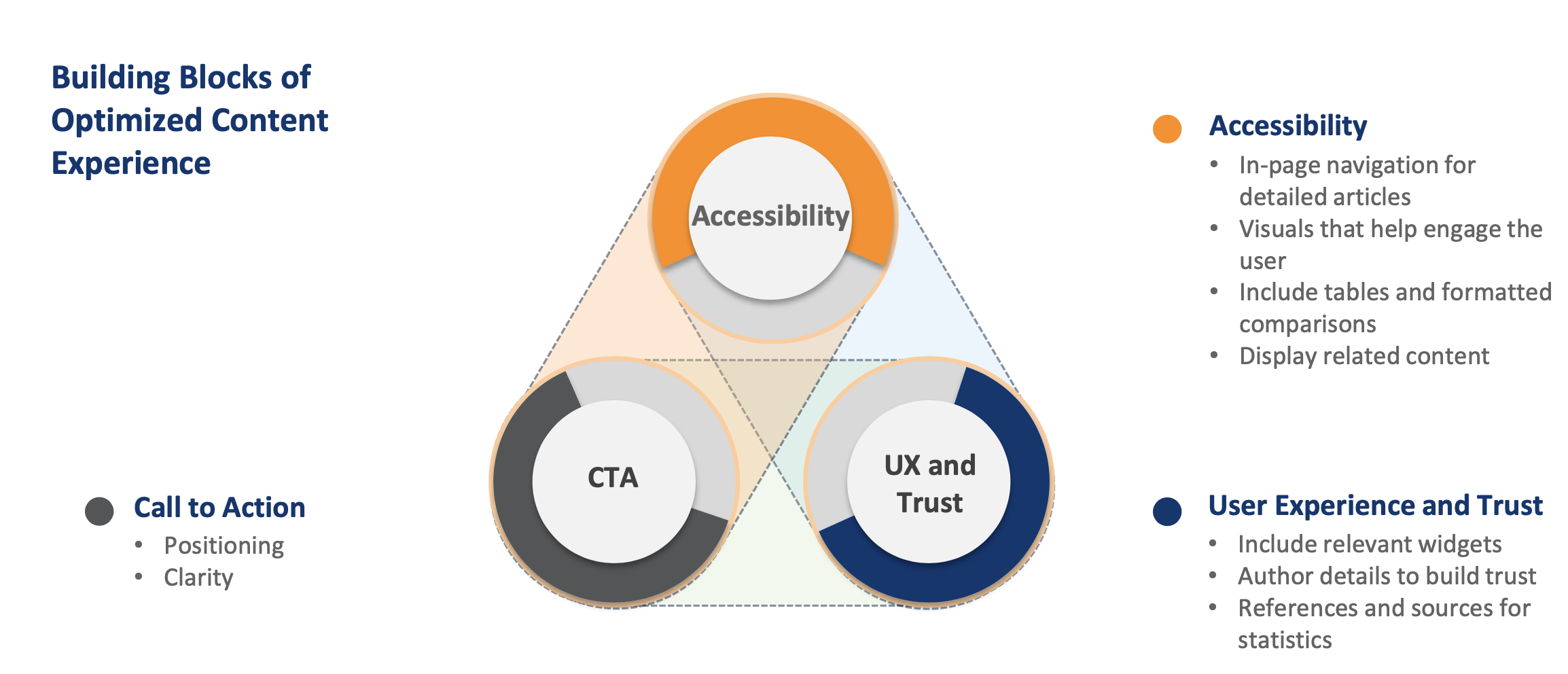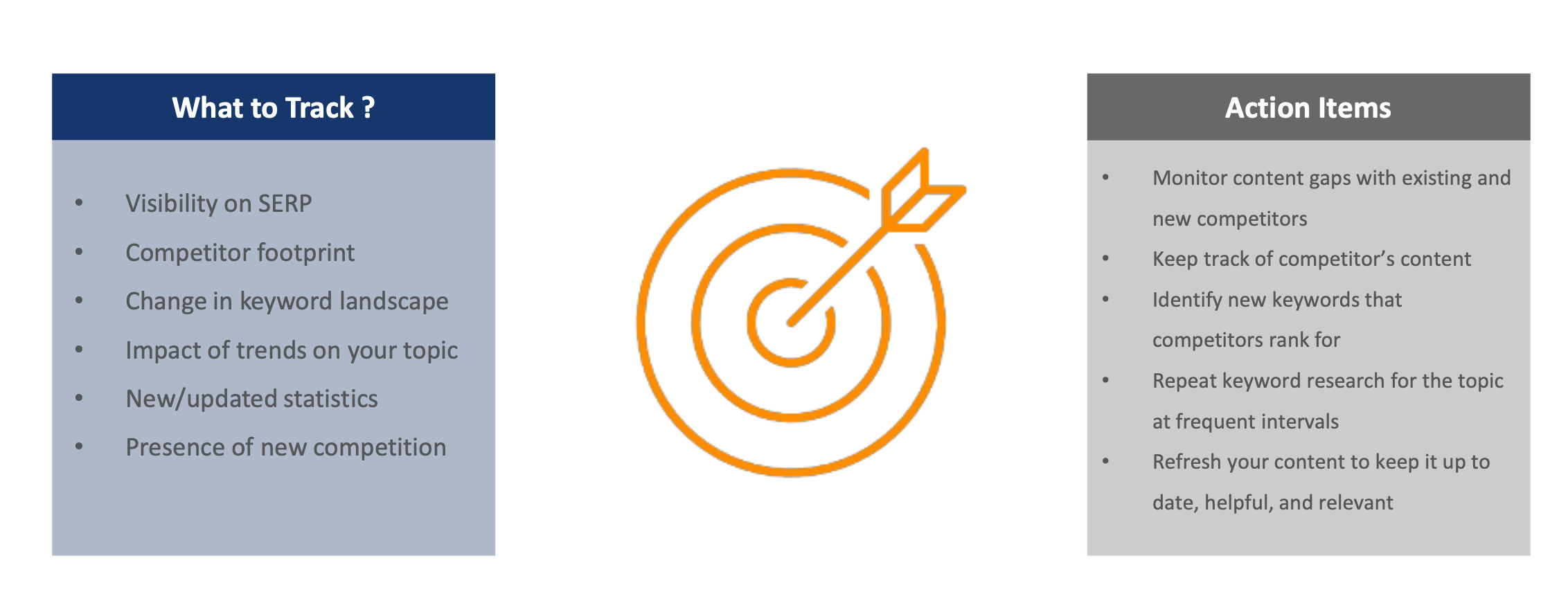Are you consistently creating content that performs well on Google?
Do you want to know if you stand a chance to rank?
On September 29, I moderated a sponsored Search Engine Journal webinar presented by Apoorv Gadwal, Director of Product Management at ALPS, and joined Ajay Rama, SVP Products of iQuanti.
They shared insights on how easy it is for anyone to create content that performs well on Google with a proven plan.
Here’s a recap of the webinar presentation.

What Goes Into Highly Optimized Content

Keyword Intent Targeting
Start with getting the right target keywords and ensure that the keywords you have selected are closely aligned and diverse.
When you understand the user intent behind those queries and how the page content reflects that you will be able to arrive at a set of primary and secondary keywords that will determine your entire downstream set of activities.
Let’s look closer look at the process behind keyword selection.
- Step 1: Identify keywords related to a topic using tools like Google keyword planner.
- Step 2: Qualify keywords with demand metrics like search volume.
- Step 3: Classify into the primary and secondary keywords for the topic.
- Step 4: Define the type of page that is needed for the topic – core page, supporting page, and related page.
Examples of Good Keyword Selection

With a product like an online savings account, your core page would be built around the head term “online savings account”.
Some of the supporting pages could be based on either a product feature, like rates and fees, or a benefit, like a high-interest savings account.
Now when it comes to related pages, you would then have particular questions like “how to open.”
Unless you understand where your page is fitting through this hierarchy, you will end up with a keyword that is probably best served by another page.
Getting the primary and secondary keyword set right is very critical because as you go further downstream into your content creation process, your understanding of what content to write, how much to write, what kind of subtopics to cover, etc., will stem from these.
This is an important step to get content that is well optimized for your topic.
Content Comprehensiveness and Structure
The goal at the end of this step is to get insight into all the subtopics you want to cover.
It will outline the structure of your page, which then a content writer can directly take and start writing content on.
Considerations for Comprehensiveness
- Identify the intent(s) the page should address
- Content Depth: The depth in which the content should address the subject
- Content Diversity: The sub-topics that need to be covered by the content
- Content Type: Core, Supporting and Related, etc.
Consideration Structure
- Semantically relevant sub-topics
- A defined hierarchy for your content
- Context-specific visuals
- Statistics to quote along with sources
In-Topic Research
- Types of ranking competitors
- H2’s/H3’s used by competitors
- User’s questions around the topic
- Phrase Usage
- Readability level
- Article length
- Explanation of concepts
- Visual aids
- Statistics
Identify all potential sections that you would eventually want to address on your page.
Considerations For Core Content
- Complete overview of the topic
- Answer all the broad queries that do. does not need an in-depth explanation
- Include brief answers to queries that need details and pass a link to the supporting page
- List similar or related articles, based on logical next step for the user
The core objective here is to give the user an entire context for the topic. So you might want to display your similar or related articles, etc.
That will make your core page complete.
Content Optimization

Now that you have the structure of the page, the outline, the writer’s job becomes primarily to respond to all those subtopics and answer them.
Content Experience
Provide answers very quickly with your content.
Here are some elements to consider while designing the experience of pages:

Remember to use these aspects judiciously based on the goals of the page.
Monitoring Page Performance and Maintain Ranks

The keyword landscape is constantly changing. It’s important to identify new keywords that both you and your competitors are ranking for.
With updated information, you’ll be able to refresh your content to keep it up to date and helpful and ensure that your pages are still performing well.
What Will Help You Win Higher Ranks
- In-depth and exhaustive topic research.
- Scores to measure and benchmark content.
- Simulate to maximize ranks.
- Monitoring of content, links, and ranks.
- Automated and comprehensive content brief to create suitable content.
Key Takeaways
- Target primary and secondary keywords to ensure you don’t end up with gaps in your content.
- Comprehensive in-topic research is necessary to achieve intent, depth, and diversity.
- A good content structure ensures optimized content from the beginning, not as an afterthought.
- Benchmark with top-ranking pages to understand if you stand a chance to rank.
For a preview of the ALPS tool visit: https://www.iquanti.
[Slides] How to Create and Optimize Content for Higher Google Rankings
See the SlideShare below.
Join Justin Covington, Director of Paid Channels Solutions at iQuanti, as he breaks down the Google Ads changes and show you how to use value-based bidding to drive measurable results.Join Us For Our Next Webinar!
Beyond ROAS: Aligning Google Ads With Your True Business Objectives
Image Credits
Featured Image: Griboedov/Shutterstock
All screenshots taken by author, September 2021


